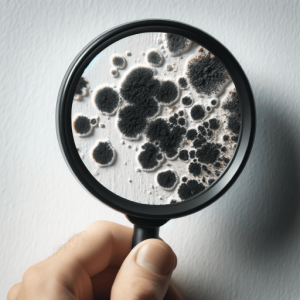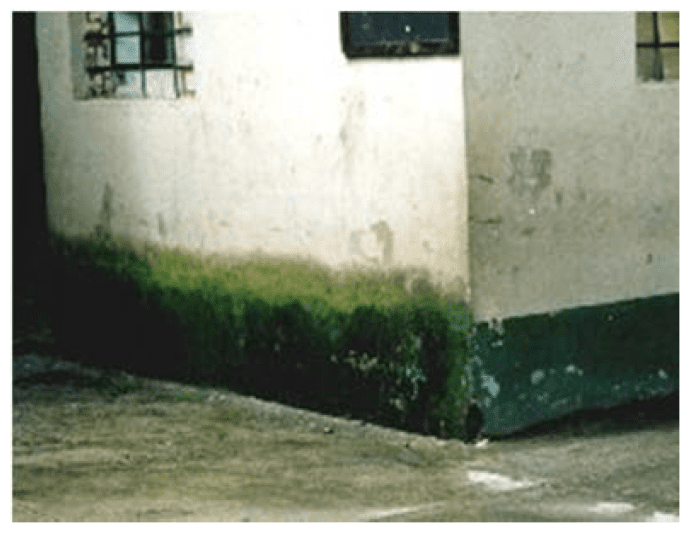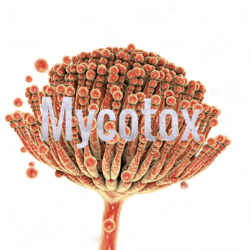The presence of cyanobacteria in water-damaged buildings is a result of complex atmospheric and environmental processes. Bioaerosols, which include cyanobacteria and microalgae, are present in the atmosphere and play a significant role in cloud formation and the hydrological cycle. These microorganisms can travel long distances, up to 10,000 km, through the air.During periods of heavy rainfall, these airborne cyanobacteria and microalgae are washed out of the atmosphere. When buildings experience water damage due to rain ingress or flooding, these washed-out microorganisms are introduced into the structure. The damp conditions in water-damaged buildings provide an ideal environment for cyanobacteria to colonize and thrive.Research conducted in the South Baltic Sea region has shown a correlation between the concentration of cyanobacteria and microalgae in the air and their presence in seawater. This demonstrates the potential for these organisms to be present in the atmosphere even in areas far from visible water sources.
Examples of Cyanobacteria in Water-Damaged Buildings
- Two-storey apartment:
- Downstairs (affected by water ingress): Cyanobacteria levels of nearly 33,000 BE/mg
- Upstairs (no water ingress): No cyanobacteria detected
- Hobart case study:
- House with long-term moisture issues: 43,000 BE/mg of cyanobacteria
- Renovated house (previously affected by water runoff): 157,000 BE/mg of cyanobacteria
- Unaffected house near a river: No cyanobacteria detected, despite proximity to water sources.
Wiśniewska, K., Lewandowska, A. U. & Śliwińska-Wilczewska, S.
The importance of cyanobacteria and microalgae present in aerosols to human health and the environment—Review study. Environ. Int. 131, 104964 (2019)
The atmosphere contains diverse living microbes called bioaerosols. Among them, bacteria, viruses, fungi, pollen, microalgae, and cyanobacteria can be distinguished. Cyanobacteria and microalgae present in the atmosphere are involved in cloud formation and influence the hydrological cycle and Earth’s climate ( .
The highest number of cells for airborne microalgae and cyanobacteria corresponded to the highest concentration of phytoplankton in seawater, especially concerning blue-green algae. Thus, research conducted in the South Baltic Sea region confirmed the relationship between the occurrence of cyanobacteria and microalgae in the air and biochemical processes in the sea. Lewandowska, A. U., Śliwińska-Wilczewska, S. & Wozniczka, D. Identification of cyanobacteria and microalgae in aerosols of various sizes in the air over the southern Baltic Sea. Mar. Pollut. Bull. 125, 30–38 (2017).
Days of intensive rainfall favoured the washing out of airborne microalgae and cyanobacteria. Naturally where water-damaged buildings are associated with the ingress of rain and flood events, these will carry the washed-out microalgae and cyanobacteria, which may be the source of what we are finding in water-damaged homes. Published works show that airborne microalgae and cyanobacteria showed full colonisation potential (Wiśniewska, K.; Śliwińska-Wilczewska, S.; Lewandowska, A.; Konik, M.
The Effect of Abiotic Factors on Abundance and Photosynthetic Performance of Airborne Cyanobacteria and Microalgae Isolated from the Southern Baltic Sea Region. Cells 2021, 10, 103. https://doi.org/10.3390/cells10010103).
The distance travelled by some of these organisms can be up to 10,000 km (Airborne Microalgae: Insights, Opportunities, and Challenges-Sylvie V. M. Tessona, b, Carsten Ambelas Skjøthc, Tina Šantl-Temkivd, e, e, Jakob Löndahld.)
So now we have a source of microalgae and cyanobacteria far away from any water source where blue-green algae may have grown, thus finding these organisms in subfloor buildings where drainage is a problem, water from leaking hoses, leaking roofs where the cyanobacteria are from washing out of airborne microalgae and cyanobacteria.
An example of this is in a two-storey apartment where water ingress during the rain was affecting the downstairs area- the total Cyanobacteria was just under 33,000 BE/mg and upstairs where there had been no water ingress no cyanobacteria were detected.
In Hobart a client owned 2 houses, one had long-term moisture ingresses and had not been completely repaired, while the other one had been remodelled and was currently dry, but it would appear the subfloor in the front section of the house needed to be properly investigated. The long-term home recorded just over 43,000 BE/mg and the home which had been renovated, previously affected by subsoil water runoff during heavy rains recorded 157,000 BE/mg, their third home which has had no reported water damages either from roof leaks or poor drainage showed no Cyanobacteria even though it was right on the river and had its large dam which showed some blue-green algae growth but it did not affect the home.


